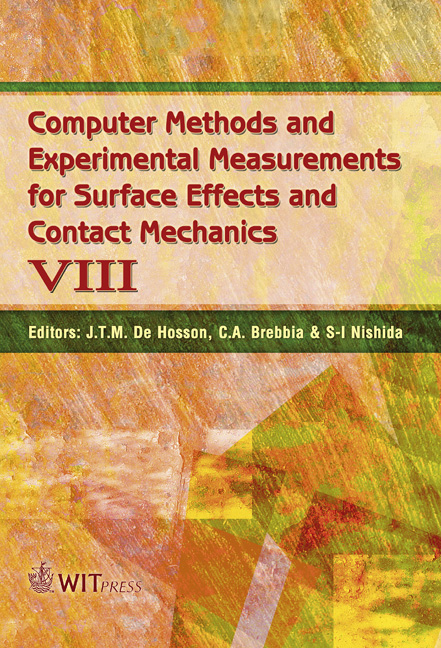Parametric Simulation Of SiC Schottky JBS Structures
Price
Free (open access)
Transaction
Volume
55
Pages
10
Published
2007
Size
413 kb
Paper DOI
10.2495/SECM070301
Copyright
WIT Press
Author(s)
T. Rang & R. Kurel
Abstract
The parametric simulation has been carried out for optimizing the influence of the Schottky contact metal work function (contact surface interface) influence on the distribution of the built-in electrical field and consequently on static and dynamic characteristics of the JBS device. On the basis of simulations and discussions the low-power losses solution for the JBS device has been developed. The results suggest keeping the electric field strength under contact surface as low as possible in order to reduce or even avoid the relatively expensive and complex passivation solutions by the manufacturing of the JBS devices. The numerical simulator DYNAMIT 2DT-SCHOTTKY developed at the Department of Electronics TUT was used in our research. Keywords: SiC, JBS structures, contact metal work function, numerical modelling. 1 Introduction Silicon carbide (SiC) is an outstanding compound semiconductor material with extremely promising physical properties that make it an excellent candidate in high-speed and high-temperature power electronic applications. Metal semiconductor interface is a fundamental aspect in any semiconductor device technology. The research of different characteristics of Schottky contact involved semiconductor structures is important. Furthermore, the 4H- and 6H- polytypes of SiC have some remarkably different parameters, which have direct influence on device characteristics. The authors of this paper have studied devices with different Schottky barriers for a long time. The changes in barrier heights strongly influence the
Keywords
SiC, JBS structures, contact metal work function, numerical modelling.





